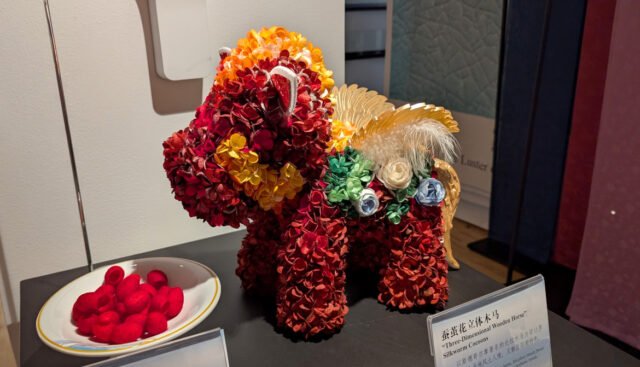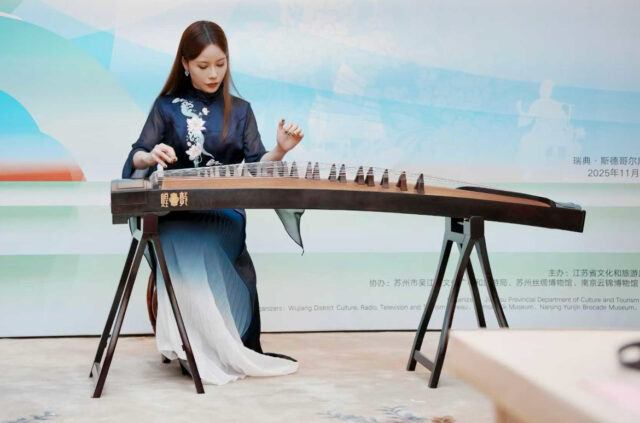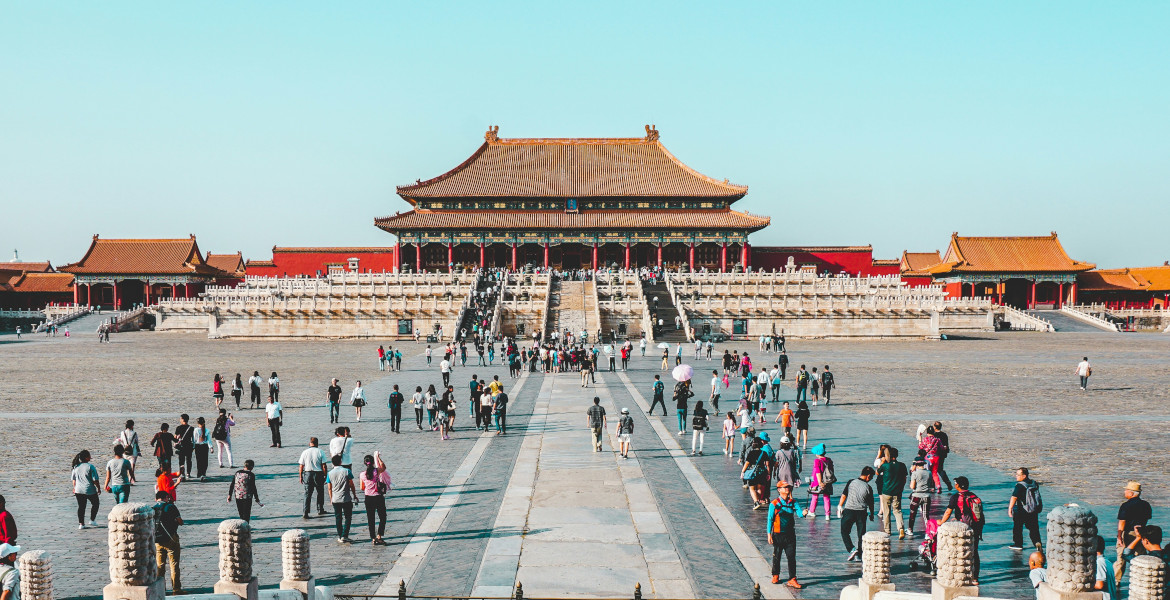The air shimmered with birdsong and the hum of bumblebees, bees and dragonflies as Kristianstad's Garden Society hosted a garden day on the last Sunday of August.
Garden festivals are always a delight, and this year's event at Bäckaskog Castle, situated in the southernmost part of Sweden, set within the enchanting castle park, was no exception. Sunday, August 25, became a rich and eventful day with panel discussions, around 60 exhibitor booths, food trucks, and lively mingling.
The importance of composting took center stage in the discussions, much like Louise Hoffsten’s song, where she croons: "Throw the old onto the compost... so life can bloom again".
With equally lyrical flair, garden designer and flower king Karl Fredrik from Eklaholm extolled the virtues of a well-functioning compost—not too dry, not too wet, but just right. Ideally, it should have three bins for alternating turning and mixing, creating the ultimate "boost soil", free from competition by peat, for example, to nourish the beautiful flowers, plants, and crops in our gardens.
Peat, a carbon source, should be left undisturbed, as is done in England and Denmark. Just as compost is essential to the garden, music too is beneficial for plants, and listening to Karl Fredrik’s distinctive voice and his occasionally cheeky, delightful laughter is a melody in itself. He also treated the garden-loving audience to readings from his garden book, Spring Feelings and Garden Magic (Vårkänslor och trädgårdsmagi), which is filled with poetic and vivid texts.
The panel discussion also touched on the issue of invasive slugs, with creator Mia Gröndahl sharing her recipe for dealing with these unwelcome garden marauders.
"It’s too expensive to use beer, so flour, yeast, and sugar are mixed with water into a thick batter and poured into a milk carton placed on its side, the idea being that the slugs will crawl in, and once the carton is full, the lid is screwed on, and the package is discarded", Mia explained.
The audience enjoyed the panel discussions, which were followed by a book signing with Karl Fredrik, who praised the choice of Bäckaskog Castle as the perfect setting for the event.
This year, the garden day celebrated its 25th anniversary, and interest in gardening continues to thrive, sparked initially by the pandemic and now driven by concerns over the uncertain world and a growing focus on the role of gardening and allotments.
– Through gardening, we learn to eat seasonally, not just what’s available in stores, said Carina Yngvesson, chairwoman of Kristianstad’s Garden Society.
The day continued with the 60 exhibitors offering the garden-enthused crowd the chance to smell, savor, and purchase freshly harvested vegetables, spring bulbs in every hue, garden decorations, and beautiful organic plants.
For those seeking a culinary treat, a sumptuous Sunday buffet was served at Bäckaskog Castle. The menu included salmon, Wallenbergers, and Sunday roast, all beautifully presented with fresh salads, sauces, peas, and lingonberries, along with delicious homemade bread, and followed by a divine dessert.
Well worth a visit so that life may bloom once more!
Mikael Rasmussen alias Artist Razz













